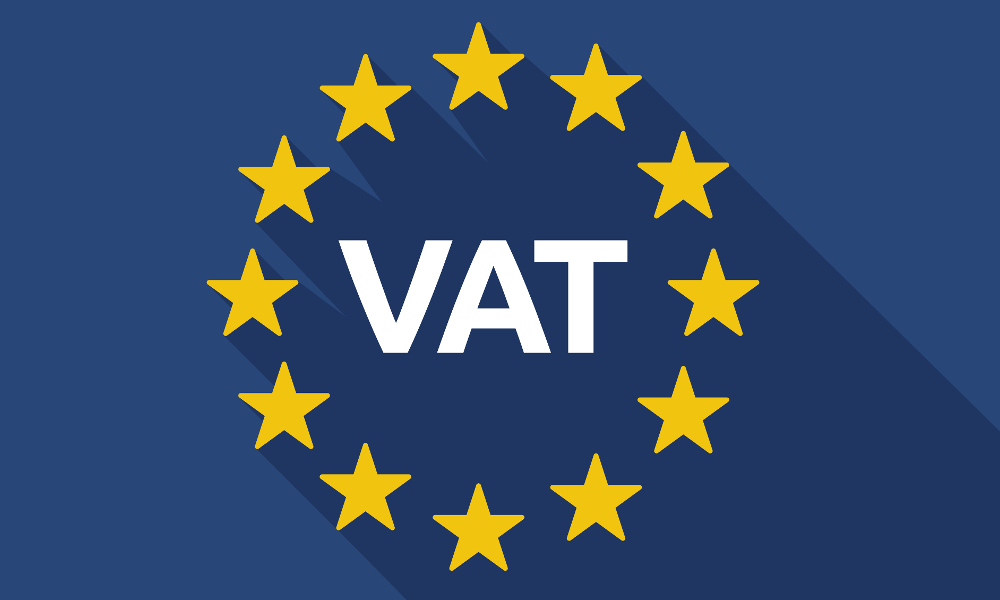Accounting for VAT on Digital Services to EU Customers
Posted 10 years ago by AccountsPortal Gidon

With effect from 1 January 2015, the EU introduced new rules affecting the VAT place of supply for sales of digital services (or eServices) from a business to a consumer. The place of taxation is now determined by the location of the consumer.
Where digital services are supplied on a business to consumer basis, the supplier is responsible for accounting for VAT on the supply to the tax authority at the VAT rate applicable in the consumer’s EU member state. For example, if your company is located in the UK, then this means that a customer who lives in France will need to be charged VAT at the French rate instead of the UK rate.
Scope
The new rules only apply where a business meets all of the following criteria:
- supplies digital services to a EU member state (goods and non-digital services sold over the internet are not within scope)
- supplies those services to a private consumer in the EU member state
- charges for that supply (digital services provided free of charge are outside the scope of VAT)
Businesses outside the EU (for example, the USA) that supply digital services to consumers in one or more EU member states are also affected by the changes.
What transactions are covered by the changes?
Only sales to 'consumers' are affected by these changes. Business to business transactions are not affected by these changes - the EU defines a business to business transaction as one where the purchasing business has provided a VAT registration number to the seller. You can also accept other evidence, for example, a link to the customer's website or other commercial documents. If you accept that your customer is in business, then the supply does not fall under the scope of these regulations. Everything else should be treated as 'business to consumer' and is covered by these changes.
What are eServices?
An 'eService' is one that is delivered over the Internet (or an electronic network which is reliant on the Internet or similar network for its provision) and is heavily dependent on information technology for its supply - i.e. the service is essentially automated, involving minimal human intervention and in the absence of information technology does not have viability. The definition of electronically supplied services, transcribed from Annex 11 to the 2006 VAT Directive is contained in Section 2 of the VAT Consolidation Act 2010 as follows;
"electronically supplied services" includes -
- website supply, web-hosting, distance maintenance of programmes and equipment,
- supply of software and updating of it,
- supply of images, text and information, and making databases available,
- supply of music, films and games (including games of chance and gambling games) and of political, cultural, artistic, sporting, scientific and entertainment broadcasts and events, and
- supply of distance teaching,
VAT reporting options
Some digital platforms or marketplaces take on the responsibility of accounting for the VAT on EU Digital Sales. If you do not use of one of these platforms, then you must make one of the following choices:
- Use a VAT Mini One Stop Shop (VAT MOSS)
- register for VAT in every EU member state where you make digital supplies to consumers.
Accounting for Digital Services in AccountsPortal
In order to correctly account for Digital Services transactions in AccountsPortal, you must first create a new Tax Rate for each country that you are (or intending to) make EU Digital Sales to. Once you have done this, you will be able to use these tax rates in your transactions, where appropriate. You can also create a Digital Services report across any time period, so that you can easily create VAT MOSS reports.
Further Information
You should carefully follow the appropriate regulations in your country to ensure that you are meeting the requirements. If you are based in the UK, then the relevant documentation can be found on HMRC's website at https://www.gov.uk/government/publications/vat-supplying-digital-services-to-private-consumers/vat-businesses-supplying-digital-services-to-private-consumers
Further Reading
A Guide to VAT on Property Transactions